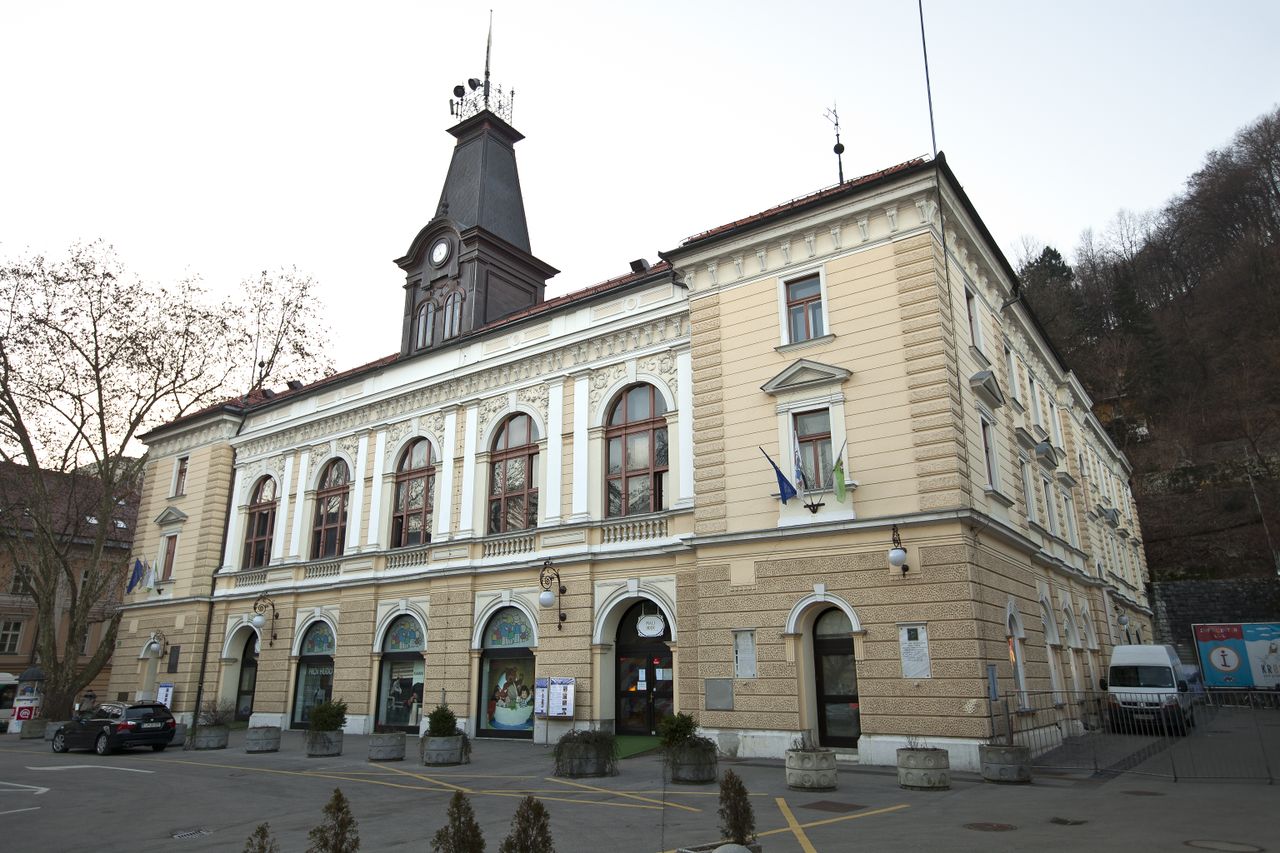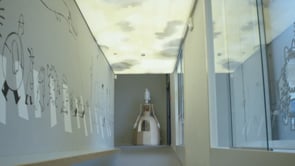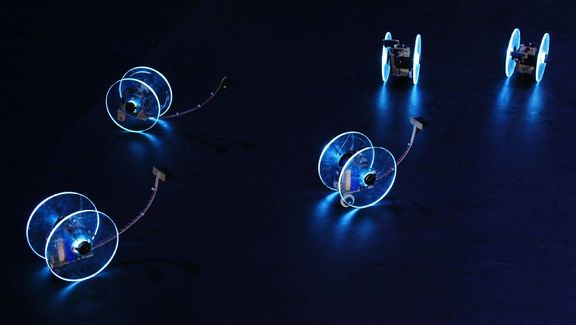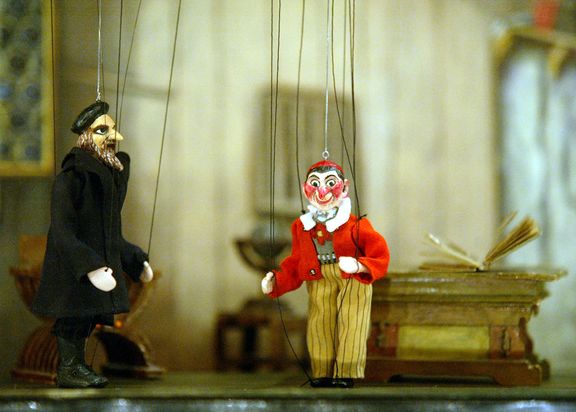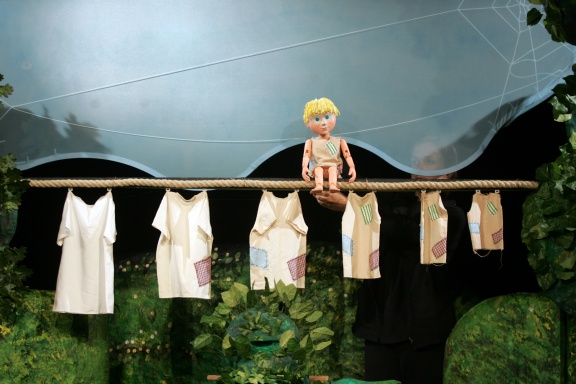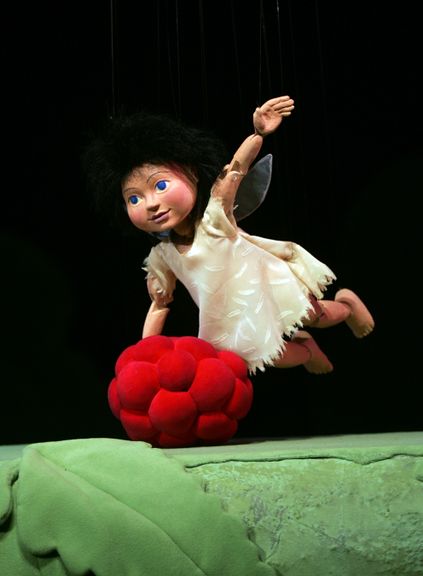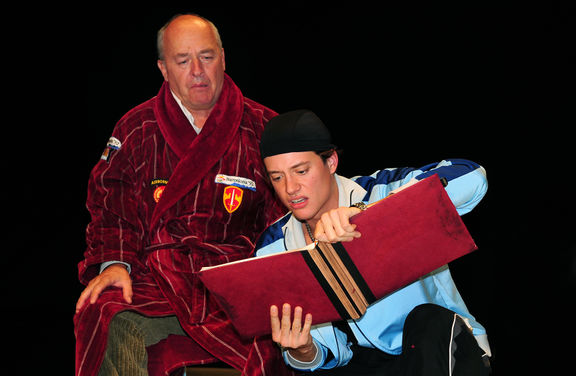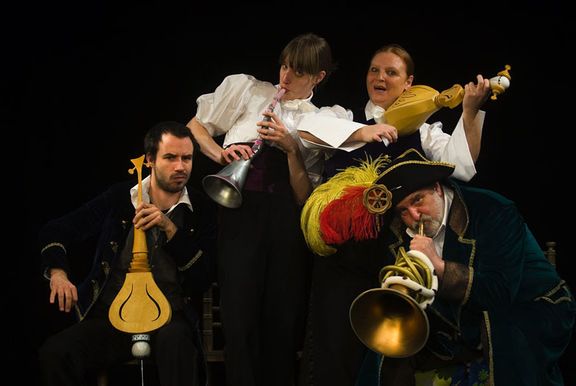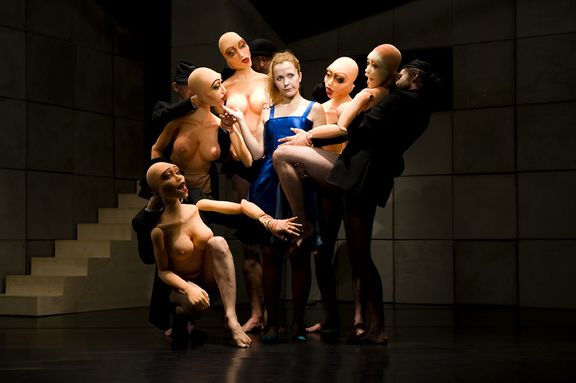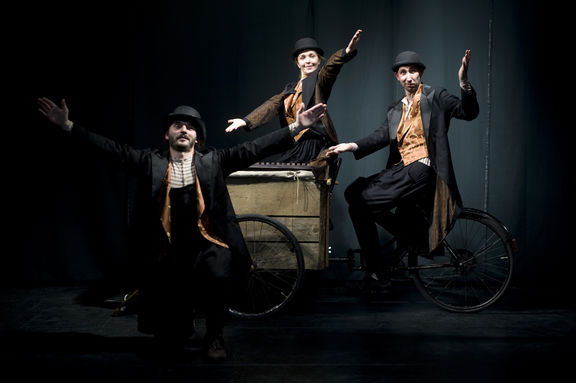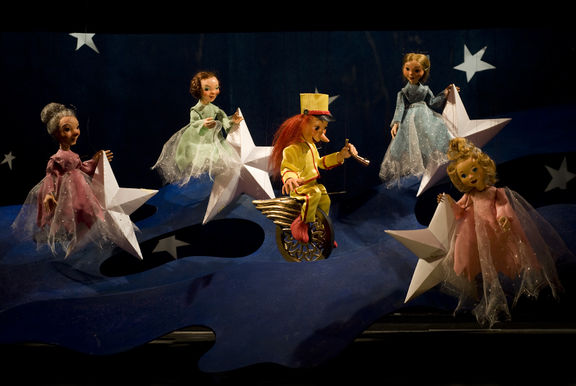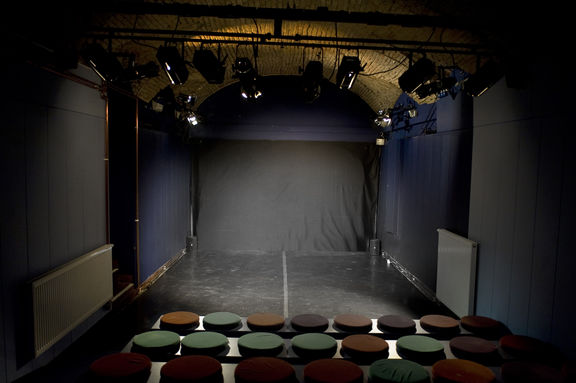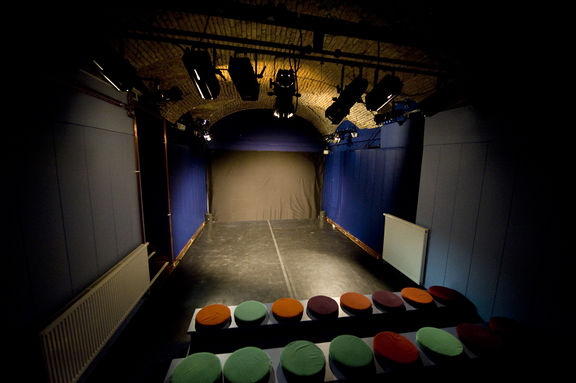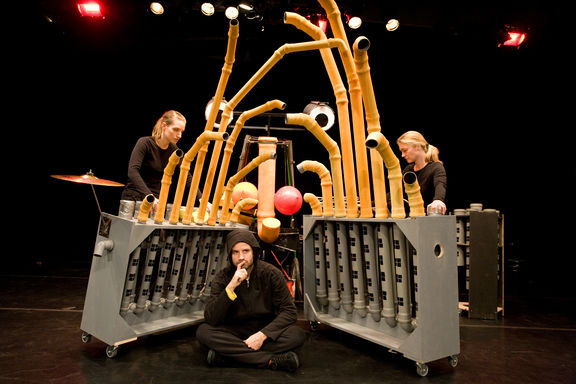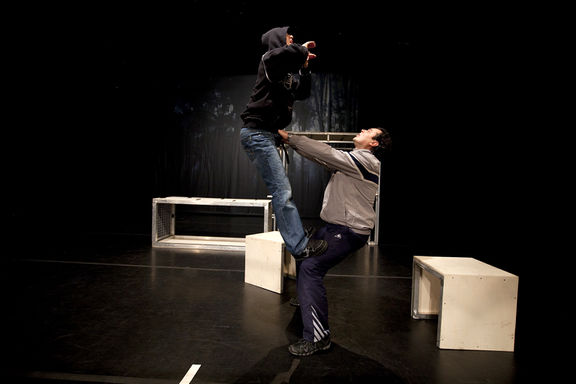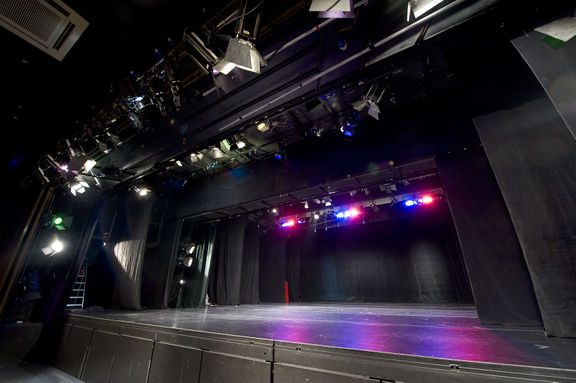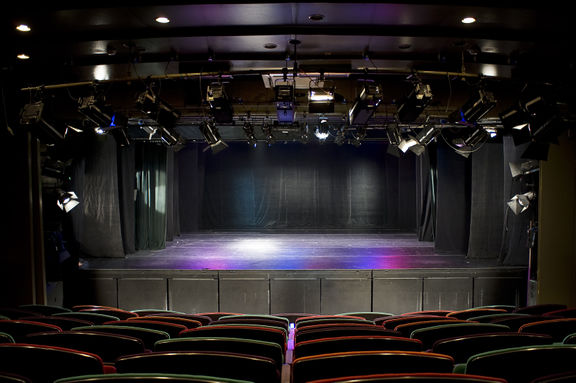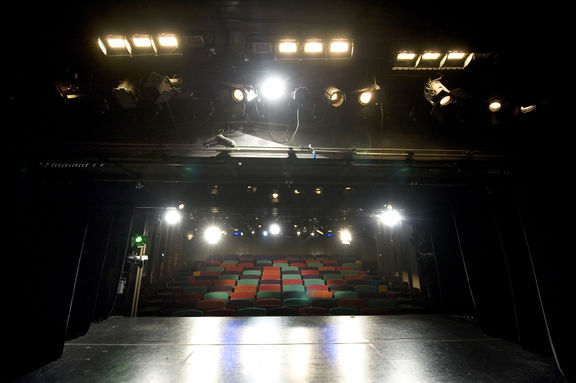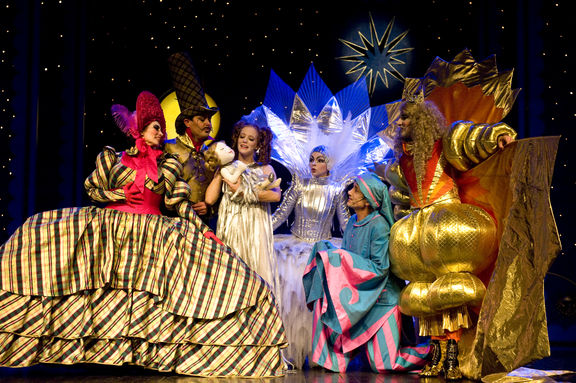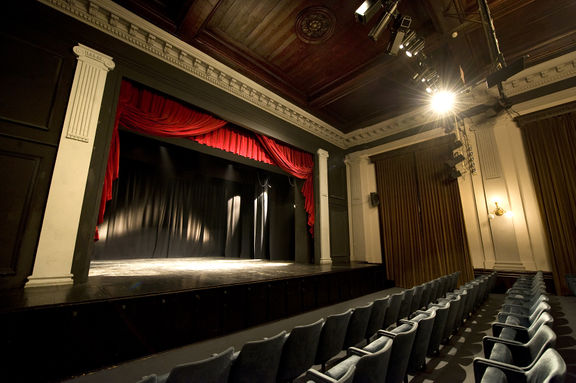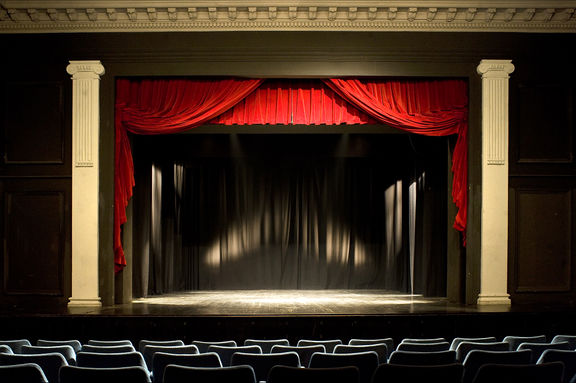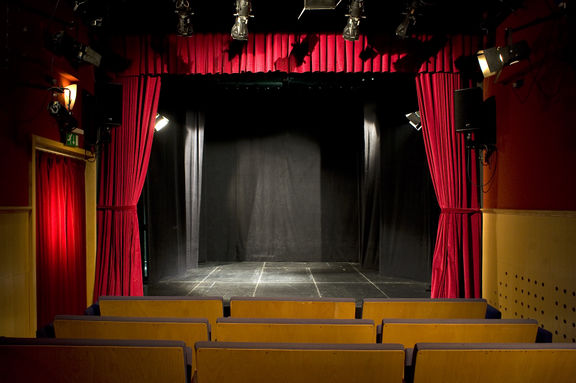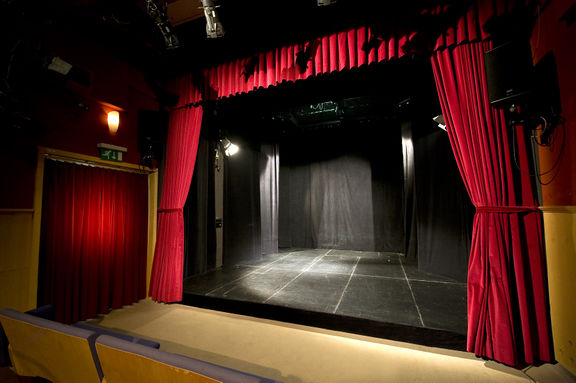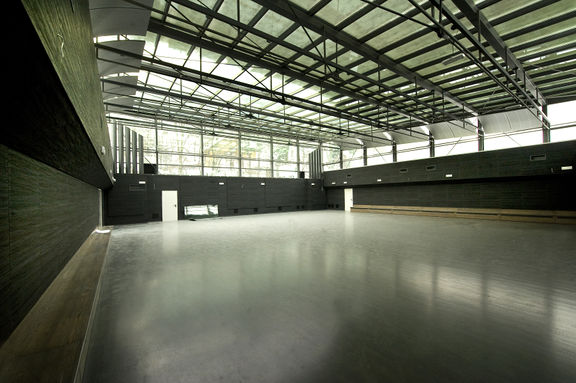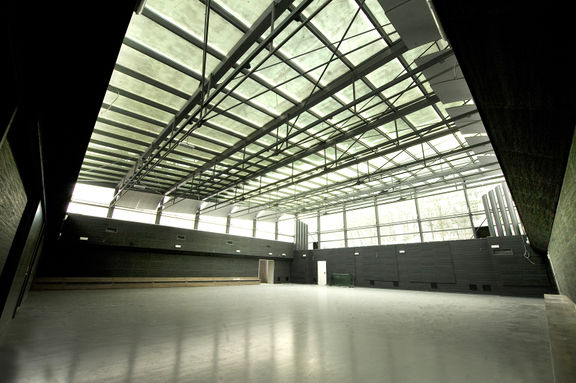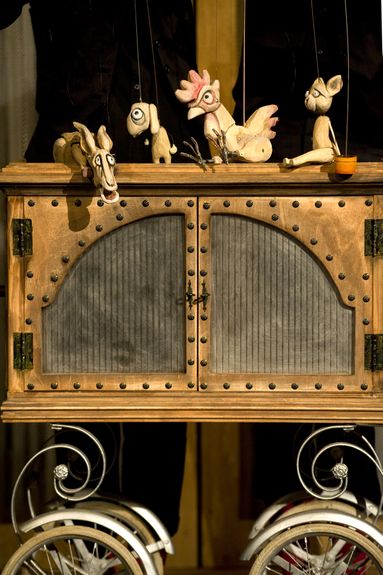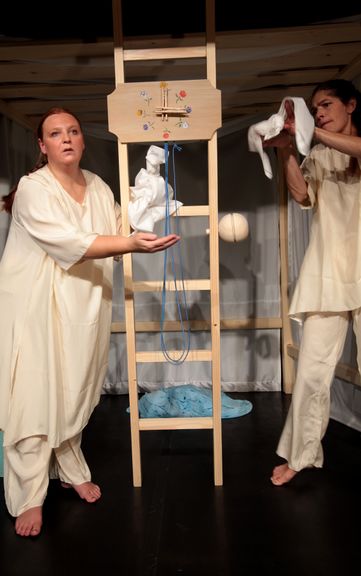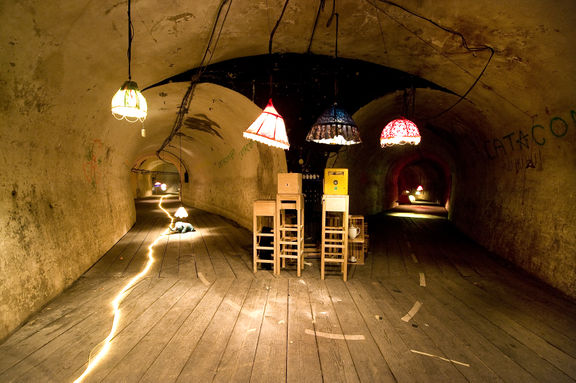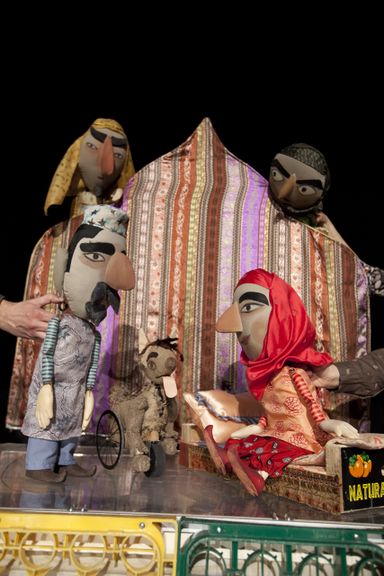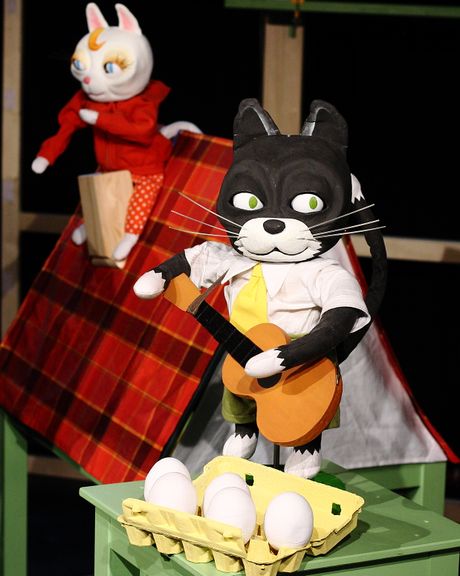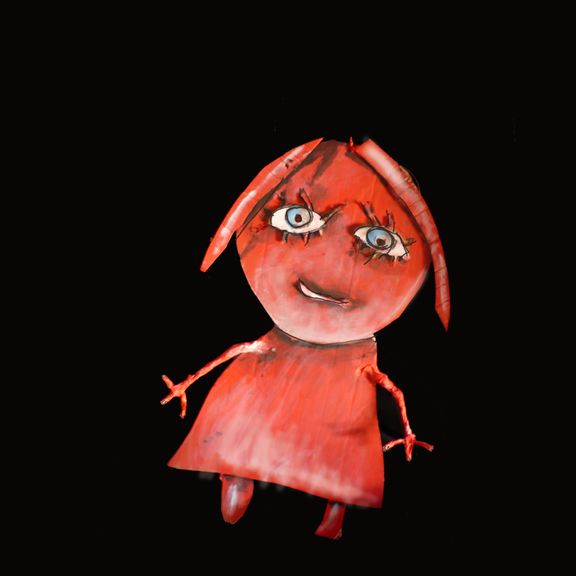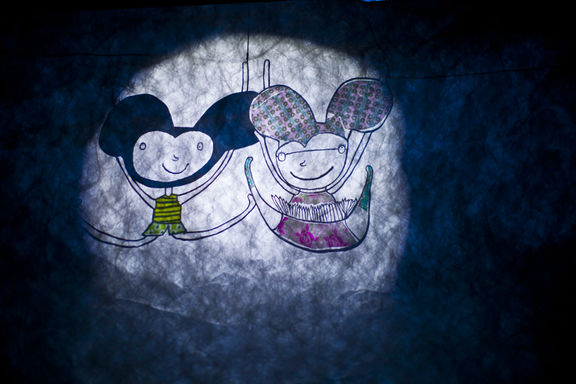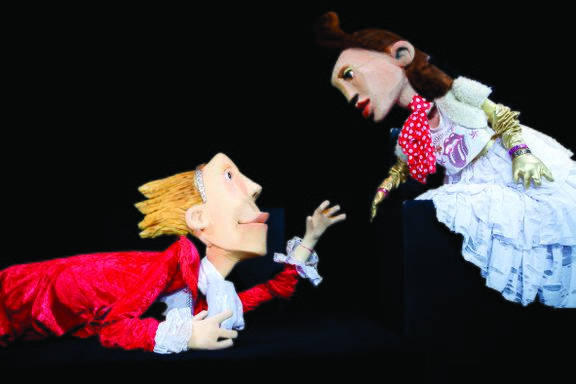Ljubljana Puppet Theatre
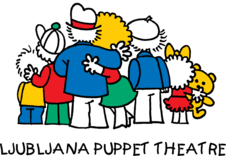
-
15 Sep 2025
CroatiaZagrebKUC TravnoPIF International Puppet Theatre Festival ZagrebPuppetry performance "Bear and Piggy", directed by Mare Bulc, delivered at the 58th edition of the festival.
Produced by: Ljubljana Puppet Theatre.Promoted by: Embassy of the Republic of Slovenia in Zagreb. -
18 Jan 2025
ItalyTrieste/TrstSlovene Permanent Theatre in Trieste"Full Moon - Polna luna", a musical play about dreams by director Sebastjan Starič, produced by Ljubljana Puppet Theatre.
-
to
6 May 2024
10 May 2024
HungaryKaposvárASSITEJ Hungary Theatre Biennial for Children and YouthLjubljana Puppet Theatre will be visiting the 11th ASSITEJ Hungary Theatre Biennial for Children and Youth and putting on the play "Tunnel". Supported by Embassy of the Republic of Slovenia in Budapest.
-
to
29 Feb 2024
1 Mar 2024
GermanyFrankfurt am MainGallus TheaterTheaterfestival Starke StückeThree performances of "Things Thing - Reči reči", a children's play about things and ... well, things. Produced by Emanat Institute and coproduced by Ljubljana Puppet Theatre, in collaboration with FELD Theater für junges Publikum Berlin.
-
22 Oct 2023
GermanyMainzInternationales Theaterfestival Grenzenlos KulturPerformance "Things Thing - Reči reči" by Jan Rozman and Julia Keren Turbahn. The work is produced by Emanat Institute, co-produced by Ljubljana Puppet Theatre and made in cooperation with FELD Theater für junges Publikum from Berlin.
-
to
21 Apr 2023
23 Apr 2023
GermanyFrankfurt am MainFELD TheaterAugenblick MAL! The Festival of Theatre for Young AudiencesThings Thing, a performance by Jan Rozman and Julia Keren Turbahn, produced by Emanat Institute and coproduced by Ljubljana Puppet Theatre. Related to the Embassy of the Republic of Slovenia in Berlin
-
4 Mar 2023
ItalyTrieste/TrstLarge Hall, Slovene Permanent Theatre in TriesteBi se gnetli na tej metli? produced by Ljubljana Puppet Theatre
-
to
7 Aug 2021
8 Aug 2021
LithuaniaKlaipėdaKlaipėda Drama Theatre Chamber HallMateria MagicaA performance Somewhere Else directed by Tin Grabnar, produced by the Ljubljana Puppet Theatre,
-
18 Jun 2021
Czech RepublicHradec KrálovéDivadla Drak, Klicpera TheatreREGIONS International Theatre Festival Hradec KrálovéMedea, directed by Oliver Frljić and produced by the Slovene National Theatre Maribor, Goodbye directed by Jasna Vastl produced by Ljubljana Puppet Theatre
-
19 Nov 2020
SerbiaKragujevacZlatna iskra, Golden Spark FestivalA performance Somewhere Else directed by Tin Grabnar, produced by the Ljubljana Puppet Theatre,
-
to
7 Feb 2020
8 Feb 2020
United KingdomEdinburghSummerhall - Main HallManipulate FestivalThe performance Open the Owl, an intermedia interpretation of The Castle of Owls (1936), directed by Renaud Herbin and co-produced by the Ljubljana Puppet Theatre and TJP – Centre Dramatique National d’Alsace, Strasbourg, France, supported by the Embassy of the Republic of Slovenia in London,
-
to
15 Sep 2019
17 Sep 2019
CroatiaZagrebCultural Information Centre, Grič Tunnel, Kunst TheatrePIF Zagreb, International Puppet Theatre FestivalThe puppet miniature Goodbye, directed by Jasna Vastl, and Session Bulgakov, directed by Matija Solce, both produced by the Ljubljana Puppet Theatre; and Snow Queen, directed by Tin Grabnar and produced by the Maribor Puppet Theatre,
-
29 Jan 2019
CroatiaRijekaRijeka City Puppet TheatreThe performance The Little Prince, directed by Yulia Roschina and co-produced by the Ljubljana Puppet Theatre and Rijeka City Puppet Theatre,
-
to
4 Nov 2018
10 Nov 2018
CroatiaRijekaCroatian Cultural Centre at Sušak, Rijeka City Puppet TheatreInternational Puppet Theatre FestivalThe performances Little Blue and Little Yellow, directed by Miha Golob and produced by the Maribor Puppet Theatre; Duck, Death and the Tulip, produced by Ljubljana Puppet Theatre; The Forest of Songs, directed by Peter Kus and produced by Federacija Institute; and Shockheaded Peter, directed by Ivana Djilas and produced by the Slovene National Theatre Nova Gorica,
-
to
16 Sep 2018
17 Sep 2018
CroatiaZagrebScena F22, Zagreb Dance CentrePIF Zagreb, International Puppet Theatre FestivalWhite Camel, directed by Nika Bezeljak and produced by the Maribor Puppet Theatre, and Goose the Bear, directed by Ivana Djilas and produced by the Ljubljana Puppet Theatre,
-
6 Sep 2018
GermanyErfurtTheater Erfurt StudioSynergura International Puppet Theatre FestivalOpen the Owl, directed by Renaud Herbin, a co-production of the Ljubljana Puppet Theatre and TJP – Centre Dramatique National d’Alsace, Strasbourg, France,
-
1 Jul 2018
CroatiaZadarDuke's PalaceMediteraneo, Mediteranski lutkarski festivalThe performance Somewhere Else, produced by the Ljubljana Puppet Theatre,
-
26 Jun 2018
GermanyMagdeburgSchauspielhausInternational Puppet Theatre Festival BlickwechselOpen the Owl, directed by Renaud Herbin, a co-production of the Ljubljana Puppet Theatre and TJP – Centre Dramatique National d’Alsace, Strasbourg, France,
-
to
22 Mar 2018
24 Mar 2018
FranceStrasbourgTJP Petite ScèneLes Giboulées FestivalOpen the Owl, directed by Renaud Herbin, a co-production of the Ljubljana Puppet Theatre and TJP – Centre Dramatique National d’Alsace, Strasbourg, France, at the Les Giboulées Festival - International ‘Body-Object-Image' Biennial
-
to
4 Mar 2018
13 Mar 2018
TurkeyIzmirHan Theatre, Izmir Sanat, Ziya Gökalp Culture CenterIzmir International Puppet DaysLittle Blue and Little Yellow, produced by the Maribor Puppet Theatre, Goose the Bear and Somewhere Else, both produced by the Ljubljana Puppet Theatre, supported by the Embassy of the Republic of Slovenia in Ankara,
-
to
9 Feb 2018
10 Feb 2018
FranceTinqueuxLe Carré BlancThe interactive performance Little Salamander Goes Across The Road, directed by Matija Solce and produced by Ljubljana Puppet Theatre, supported by the Embassy of the Republic of Slovenia in Paris,
-
1 Feb 2018
IrelandGalwayAn TaibhdhearcBaboró international Arts Festival for ChildrenAquarius, a puppet show performed underwater, directed by Miha Golob and produced by Ljubljana Puppet Theatre, in the framework of Wide Eyes, a European celebration of performing arts for the very young,
-
to
6 Jan 2018
7 Jan 2018
ChinaHong KongBlack box Thater, The Tuen Mun Town Hall Cultural CentreA Little Lamp, Pea and Feather, written and directed by Katja Povše and produced by the Ljubljana Puppet Theatre,
-
to
29 Dec 2017
1 Jan 2018
ChinaMacaoMacao Cultural CentreA Little Lamp, Pea and Feather, written and directed by Katja Povše and produced by the Ljubljana Puppet Theatre,
-
9 Nov 2017
CroatiaRijekaGradsko kazalište lutaka Rijeka (GKL)Revue of Puppet Theatres in RijekaKatja Gehrmann's Goose the Bear, directed by Ivana Djilas and co-produced by the Ljubljana Puppet Theatre,
-
to
18 Sep 2017
20 Sep 2017
CroatiaZagrebZagreb Puppet Theatre, Zagreb Youth TheatrePIF Zagreb, International Puppet Theatre FestivalSomewhere Else, produced by the Ljubljana Puppet Theatre, and A Child’s Dream of a Star, produced by the Maribor Puppet Theatre,
-
to
18 Sep 2017
19 Sep 2017
FranceCharleville-MézièresSalle MantovaWorld Puppet Theatre Festival Charleville-MézièresOpen the Owl, produced by the Ljubljana Puppet Theatre,
-
to
30 Jun 2017
30 Sep 2017
ItalyCividale del Friuli/ČedadInternational Centre Vittorio Podrecca – Maria Signorelli’sThe pioneers of European puppetry, an exhibition featuring Milan Klemenčič's puppets (Museum of Puppetry), in the framework of the All Strings Attached: Pioneers of the European Puppetry Behind the Scenes, a Creative Europe project organised in cooperation with Ljubljana Puppet Theatre,
-
to
28 Jun 2017
2 Jul 2017
ItalyCividale del Friuli/ČedadTeatro Adelaide Ristori CividaleSeminars, workshops, an exhibition and Doctor Faustus, a performance produced by the Ljubljana Puppet Theatre, in the framework of the Creative Europe project All Strings Attached: Pioneers of the European Puppetry Behind the Scenes
-
to
19 Mar 2017
20 Mar 2017
SpainMadridSala Cuarta ParedTeatralia International Dramatic Arts Festival for Children and Young AdultsA Little Lamp, Pea and Feather, produced by the Ljubljana Puppet Theatre,
-
to
10 Mar 2017
11 Mar 2017
CanadaMontrealThéâtre OutremontFestival de Casteliers International Festival of Puppet Theatre for Adults and ChildrenDuck, Death and the Tulip, produced by the Ljubljana Puppet Theatre,
-
to
18 Nov 2016
30 Nov 2016
CroatiaOsijekBranko Mihaljević Children's TheatreDuck, Death and the Tulip, produced by the Ljubljana Puppet Theatre, You Catch!, produced by Ljubljana Puppet Theatre and Konj Puppet Theatre, and Doctor Faustus, produced by Ljubljana Puppet Theatre, at the 7th Lutkokaz Puppetry Festival
-
to
4 Nov 2016
6 Nov 2016
Czech RepublicRijekaCity Puppet TheatreLittle Blue and Little Yellow, produced by the Maribor Puppet Theatre, and Duck, Death and the Tulip, produced by the Ljubljana Puppet Theatre, at the 21st International Puppet Theatre Festival
-
15 Oct 2016
AustriaSt. Johann im Rosental/Šentjanž v RožuK & kGoose the Bear, produced by the Ljubljana Puppet Theatre,
-
to
29 Sep 2016
30 Sep 2016
SerbiaSuboticaDezső Kosztolányi Theatre, Subotica Children's TheatreDuck, Death and the Tulip, produced by the Ljubljana Puppet Theatre, and Goldilocks, produced by Mini Theatre, at the 23rd International Children’s Theatre Festival Subotica
-
to
24 Sep 2016
25 Sep 2016
PortugalLisbonMuseu da MarionetaDuck, Death and the Tulip, produced by the Ljubljana Puppet Theatre,
-
17 Sep 2016
GermanyErfurtTheater WaidspeicherTurlututu, co-produced by the Ljubljana Puppet Theatre, at the 11th International Puppet Theatre Festival Synergura
-
to
14 Sep 2016
15 Sep 2016
CroatiaZagrebEtno Art Gallery, Travno Cultural Centre, Zagreb Dance Centre, Zagreb Puppet TheatrePIF Zagreb, International Puppet Theatre FestivalFreaks, produced by the Maribor Puppet Theatre, Tomorrow’s Party, produced by the Ljubljana Puppet Theatre, In the Land of Finger Puppets, produced by Zapik Theatre in association with the House of Children and Art, and Snow White, produced by Mini Theatre, as well as a book presentation of Edi Majaron’s Vera v lutko
-
3 Sep 2016
BulgariaPlovdivChamber Hall Drama Theatre Nikolay MasalitinovDuck, Death and the Tulip, produced by the Ljubljana Puppet Theatre, at the 22nd International Puppet Theatre Festival Three Are Too Many, Two – Not Enough
-
25 Jun 2016
CroatiaŠibenikCroatian National TheatreScary Fairy, produced by the Ljubljana Puppet Theatre, at the Šibenik International Children’s Festival
-
to
17 Jun 2016
21 Jun 2016
Czech RepublicHradec KrálovéDrak TheatrePractical Advice to Well-Behaved Children, produced by the Maribor Puppet Theatre, and Mission X, produced by the Ljubljana Puppet Theatre, at the 22nd International Festival Theatre European Regions
-
12 Jun 2016
Czech RepublicPlzeňTheatre AlfaDuck, Death and the Tulip, produced by the Ljubljana Puppet Theatre, at the 32nd Skupa´s Pilsen International Theatre Festival
-
9 Jun 2016
PolandŁomżaMiejski Dom KulturyDuck, Death and the Tulip, produced by the Ljubljana Puppet Theatre, at the 28th International Theatrical Festival Valise
-
3 Jun 2016
EstoniaTallinnVene TeaterNuQ Treff Visual Theatre FestivalA Little Lamp, Pea and Feather, produced by the Ljubljana Puppet Theatre
-
8 May 2016
AustriaWiesSchlosstenne BurgstallInternational Puppet Theatre Festival SommerTraumHafenForest of Songs, conceived, directed and music by Peter Kus with art by Kaja Avberšek, co-produced by Glej Theatre and Federacija Institute, Animal Farm, produced by the Ljubljana Puppet Theatre, and Turlututu, co-produced by the Ljubljana Puppet Theatre
-
to
6 Apr 2016
11 Apr 2016
United KingdomAberdeen, Cumbernauld, Glenrothes, Lochgelly, North BerwickCumbernauld Theatre, Lochgelly Centre, North Berwick Community Centre, Rothes Halls, The Lemon TreePuppet Animation Festival in ScotlandCatch Me!, produced by the Ljubljana Puppet Theatre and Konj Puppet Theatre
-
to
29 Mar 2016
31 Mar 2016
FranceChâtenay-MalabryThéâtre La PiscineAnimal Farm, produced by the Ljubljana Puppet Theatre, at the 16 Festival MARTO
-
to
19 Mar 2016
20 Mar 2016
SpainMadridTeatro Cuarta ParedTeatralia International Dramatic Arts Festival for Children and Young AdultsA Little Lamp, Pea and Feather, written and directed by Katja Povše and produced by the Ljubljana Puppet Theatre,
-
to
3 Mar 2016
20 Mar 2016
TurkeyIzmirBalçova Kipa AVM, Çiğli Kipa AVM, Fatih Koleji, Han Tiyatrosu, İzmir Mimarlık Merkezi, İzmir SanatIzmir International Puppet DaysA Little Lamp, Pea and Feather, produced by the Ljubljana Puppet Theatre, A Story about a Boy and a Penguin and Little Blue and Little Yellow, produced by the Maribor Puppet Theatre, and Little Night Tales and Pulcinella, produced by Teatro matita, the exhibition Contemporary Slovenian Puppet Theatre, the workshop Secret of Life Buttons, and the conference Slovenian Puppetry Today with Jelena Sitar and Mojca Redjko (Maribor Puppet Theatre) during Focus Slovenia,
-
30 Nov 2015
ItalyTrieste/TrstSlovene Permanent Theatre in TriesteEmil and the Detectives, produced by the Ljubljana Puppet Theatre,
- EU Contemporary Puppetry Critical Platform, 2020
Project summary - Puppets & Design, 2019
Project summary - ConnectUp – The Life of the Others | European Theatres for Young Audience in a Union of Diversity, 2019
Project summary - MAPPING - A Map on the aesthetics of performing arts for early years, 2018
Project summary - Numeric’s Art Puppetry Project, 2017
Project summary - All Strings Attached: Pioneers of the European Puppetry Behind the Scenes, 2015
Project summary - Small Size, Performing Arts for Early Years, 2014
Project summary - European Puppetry Knowledge Exchange (EPKE), 2013
Project summary - Small Size Big Citizens - widening of the european network for the diffusion of the performing arts for early years, 2009
Project summary - Small Size, The Net, 2006
Project summary - Small Size – European Network for the Diffusion and Development of the Performing Arts for Early Childhood, 2005
Project summary Show more
Background and notable performances
Established as the City Puppet Theatre, LPT emerged as a follow-up to numerous semi-professional puppet groups organised in the region since the beginning of the 20th century. The theatre fast developed its own mode of expression and soon became the leading puppet theatre in the then Yugoslavia. At first, the performances were based on the marionette technique, but later it also got engaged in the possibilities of hand puppetry. However, from the 1970s onward the theatre has been consistently trying to advance the technological and dramatic possibilities of puppetry, cultivating a captivating mixture of classical contents and experimentation.
Though it initially focused on works by Slovene authors, the theatre's most important early performances were adaptations of foreign works. One such production is the Žogica Marogica (Speckles the Ball), written by the Czech puppeteer Jan Malik, which remains unchanged in the repertoire ever since its première in 1951. Another timeless hit appears to be the Zvezdica zaspanka (Twinkle Sleepyhead), written by Frane Milčinski - Ježek and in the repertoire since 1955. It was followed by the eponymous film, the first Yugoslav colour marionette film, which greatly contributed to its huge success.
Doktor Faust (Doctor Faustus) is based on the motifs from the first Slovene production of the play (1938) by Milan Klemenčič, the founder of Slovene puppetry, after whom the most prominent Slovene award for achievement in puppetry is named (the Klemenčič Award). The slightly refreshed performance still uses puppets from the original staging.
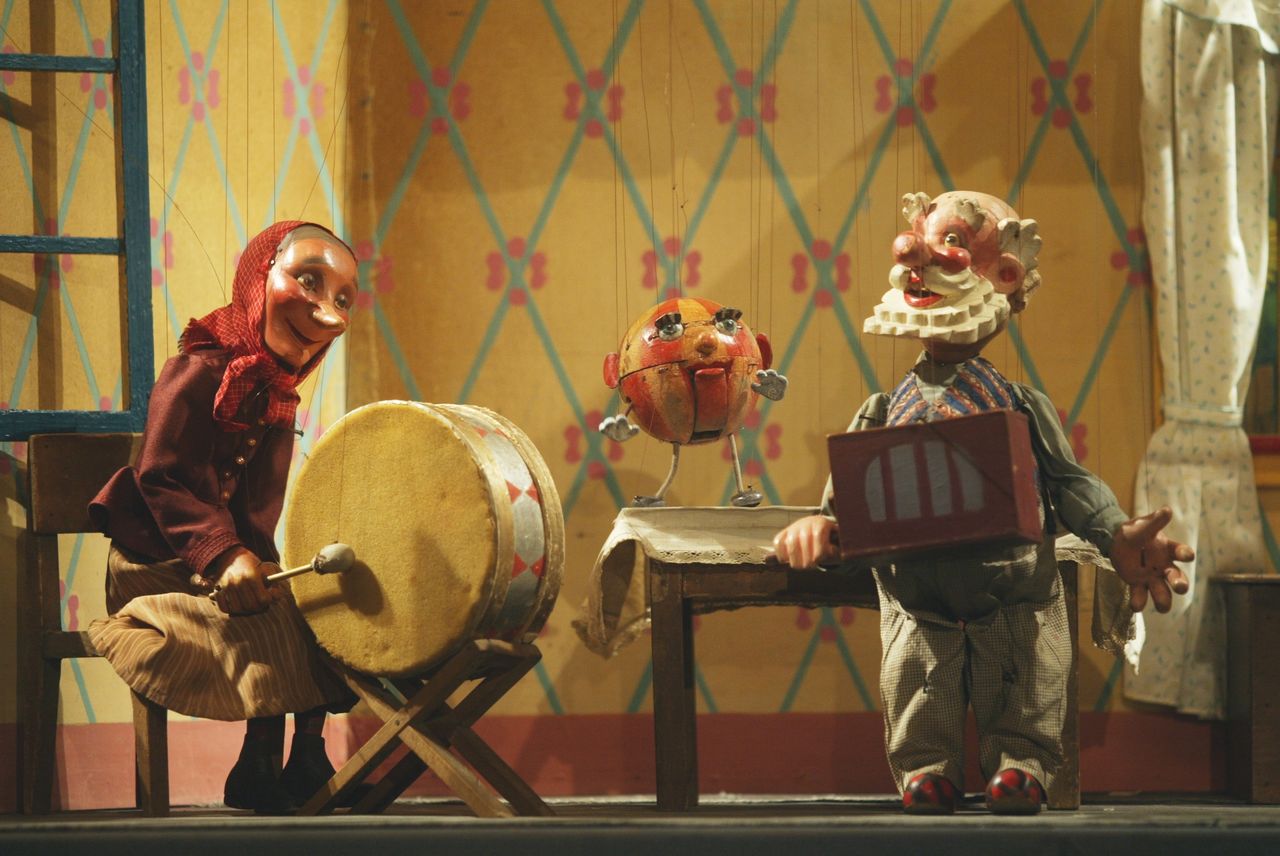
Programme
The repertory programme of the Ljubljana Puppet Theatre is divided into two segments: puppet performances and drama performances, with about twelve premières annually. The programme includes stagings of classical works, performances based on fresh texts by emerging as well as established Slovene authors (Svetlana Makarovič, Boris A. Novak, Anja Štefan and Silvan Omerzu among the more prominent ones), works by international authors as well as original, often multimedia performances. LPT collaborates with Slovene and international directors specialised in puppetry as well as theatre directors and even choreographers.
The theatre cultivates all the main puppetry genres (marionette, hand puppets, Javanese puppets, shadow puppets, mimic puppets) and also develops new ones. It also preserves more than 2000 puppets from past performances. It keeps an important collection relating to the Slovene puppetry heritage – see the Ljubljana Puppet Theatre Museum Collection, now partly incorporated into the Museum of Puppetry.
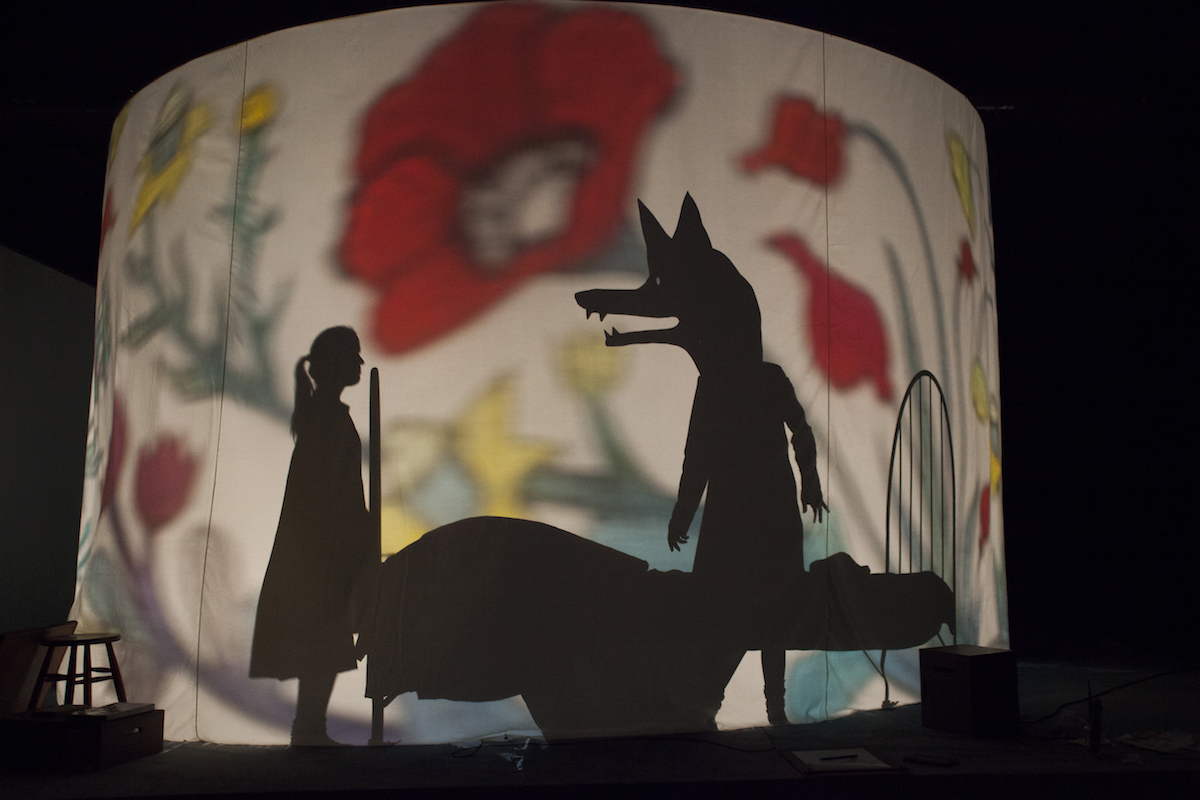
Besides its regular performances, the theatre runs the Biennial Festival of the Contemporary Puppetry Art LUTKE and co-produces the Golden Stick Festival. Productions of Ljubljana Puppet Theatre are active on international stages and also often awarded. The theatre organises puppetry workshops and generally devotes a lot of attention to various educational activities through which it wishes to advance the art of puppetry. To this end, it systemically collaborates with schools across Slovenia.
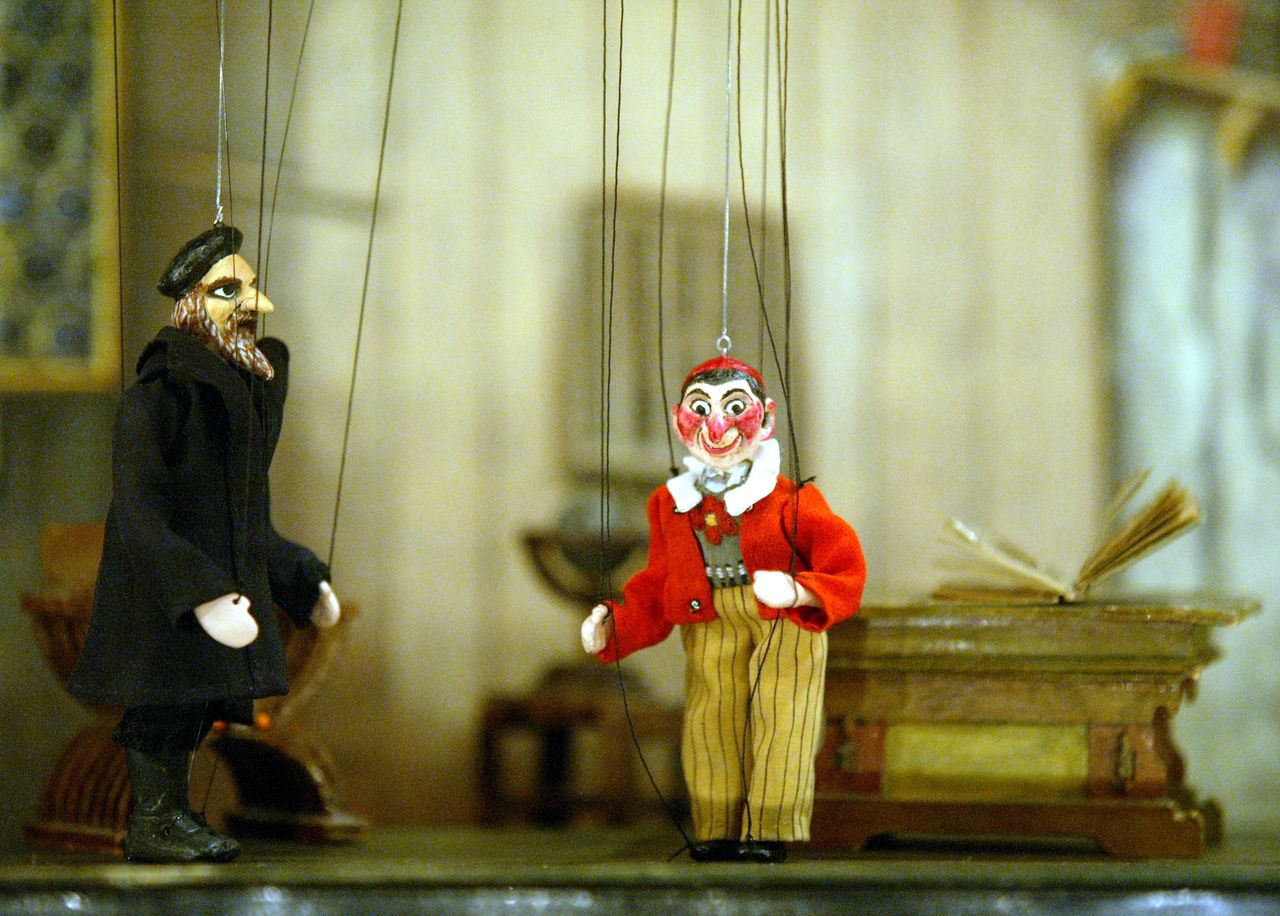
The theatre is a member of the International Puppetry Association UNIMA, the first congress of which was held in Ljubljana in 1933, and then repeated in 1992 again (the Lutke festival was initiated on that occasion). It is also a member of ASSITEJ, the International Association of Theatre for Children and Young People; Small Size, the international association focused on productions for early years (under six years of age); and is one of the founding members of NEECPA, a network of puppet centres joining primarily the key players from Scandinavia, the Baltic region and Russia.
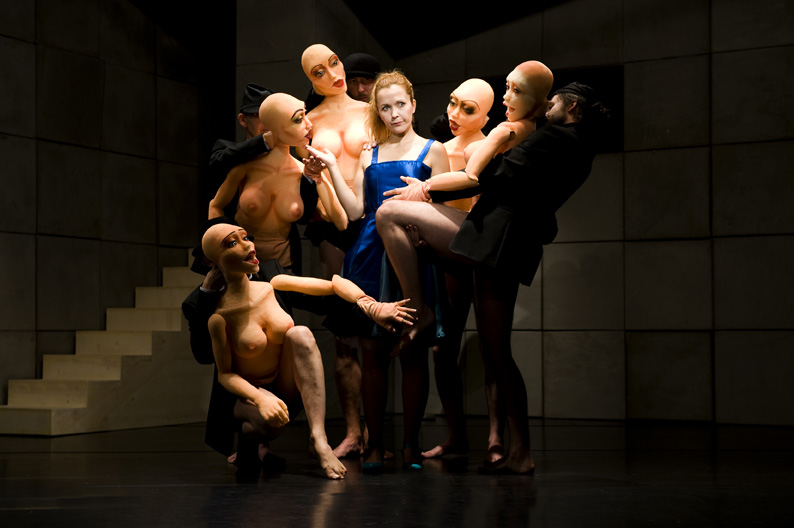
Venues
- Large hall, 253 seats total.
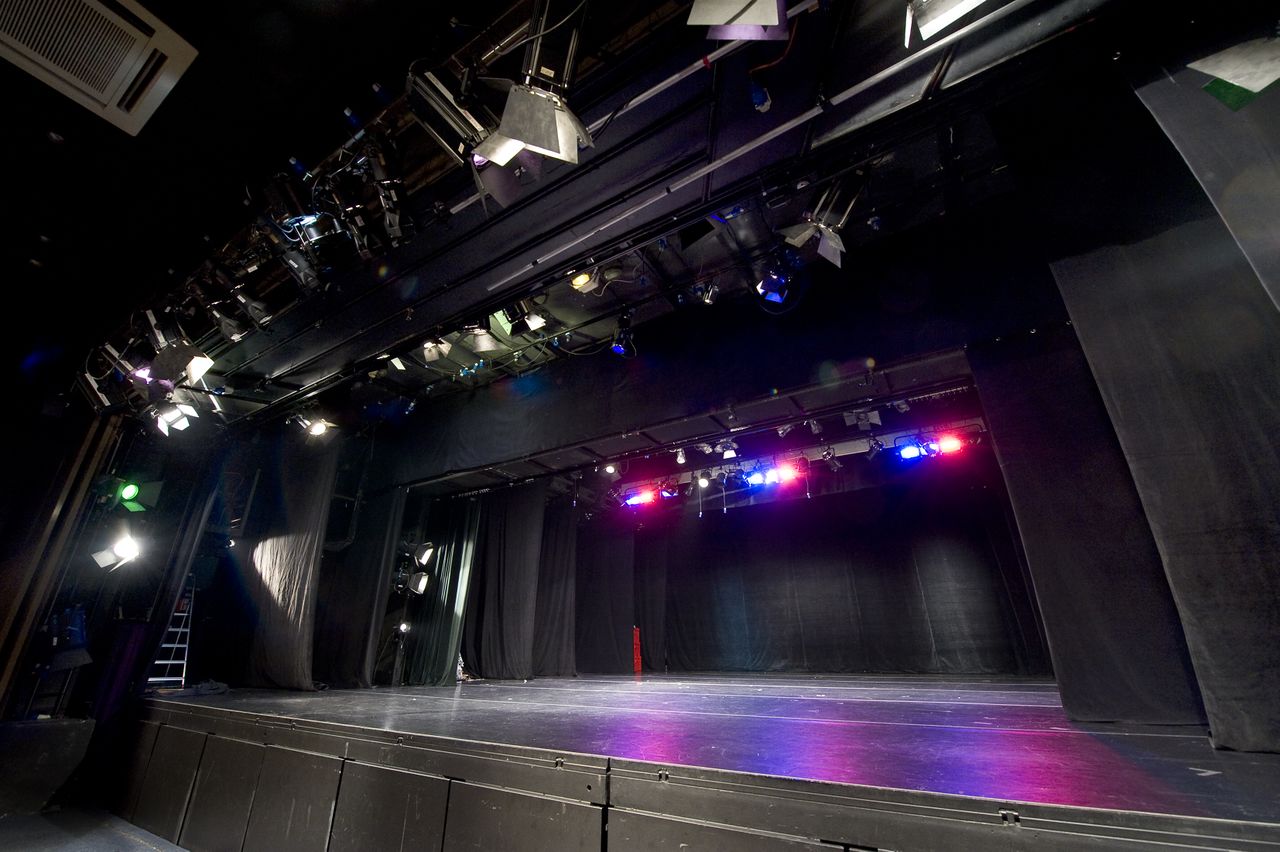
- Small Hall, 100 seats total.
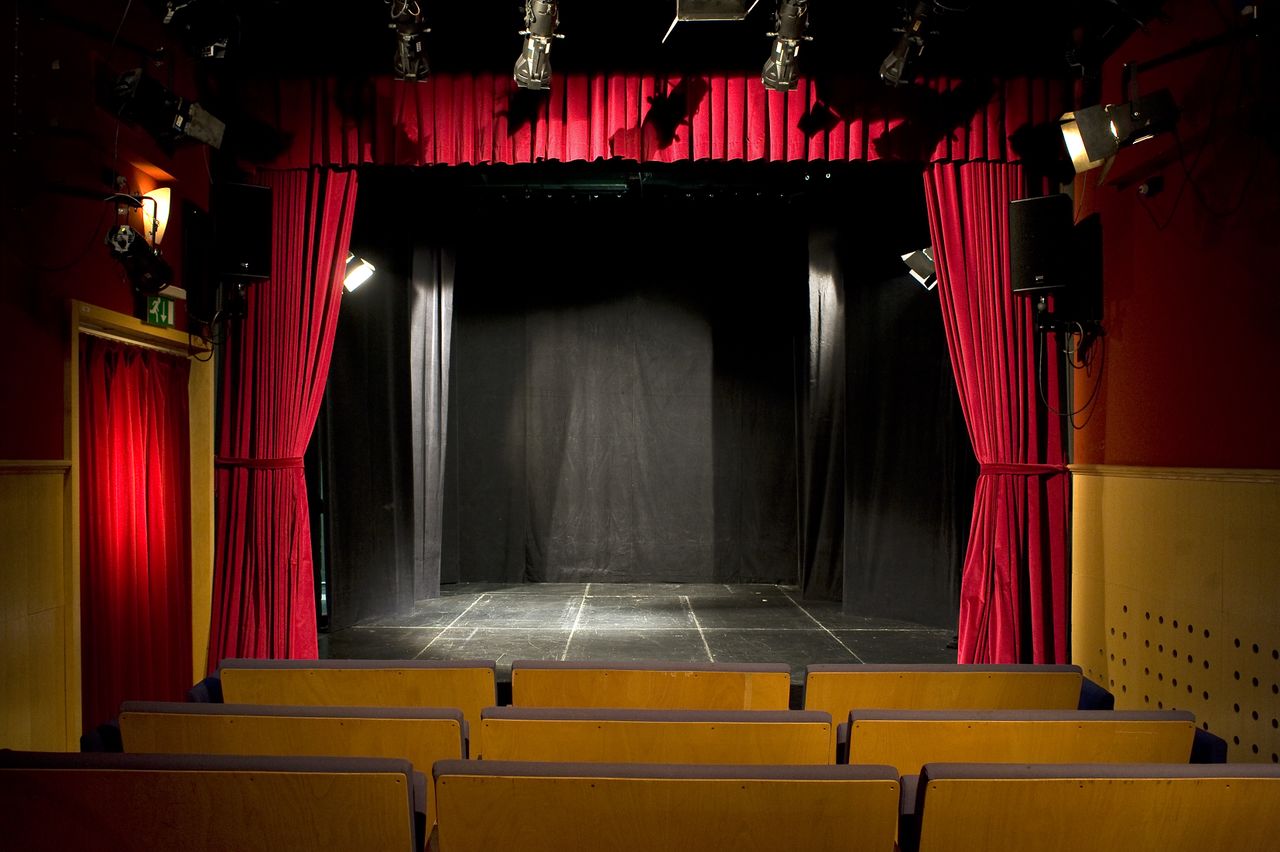
- Stage Under the Stars, 300 seats total.
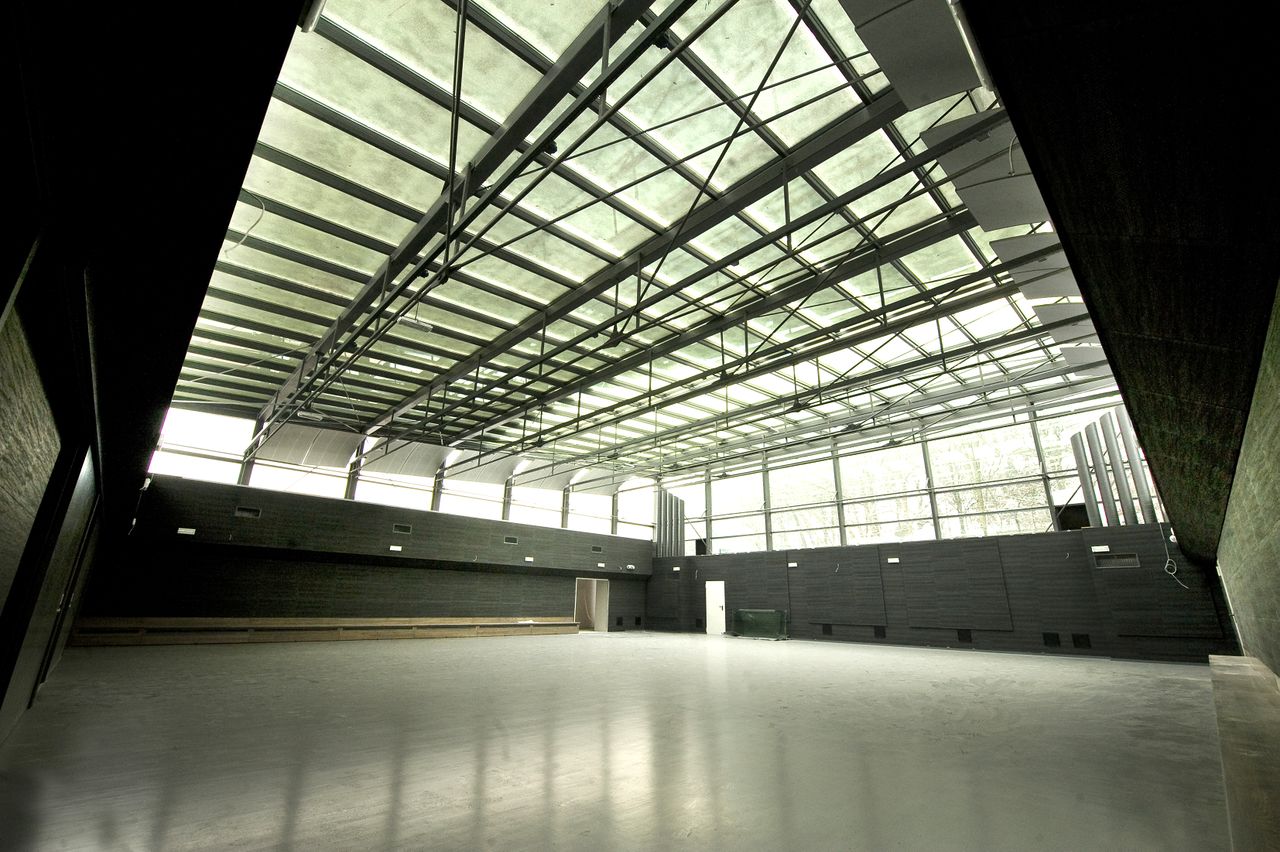
- Culturoom, 70 seats total.
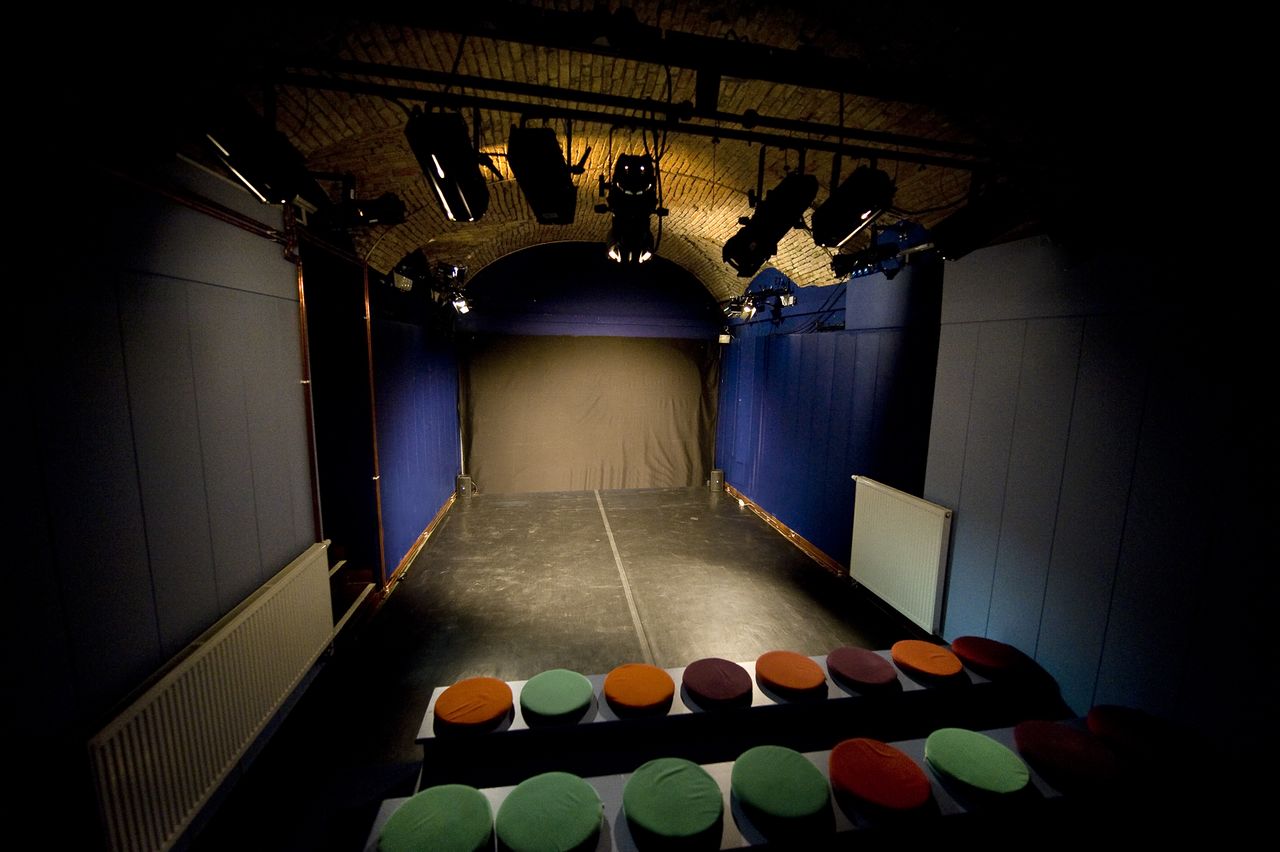
- Tunnel
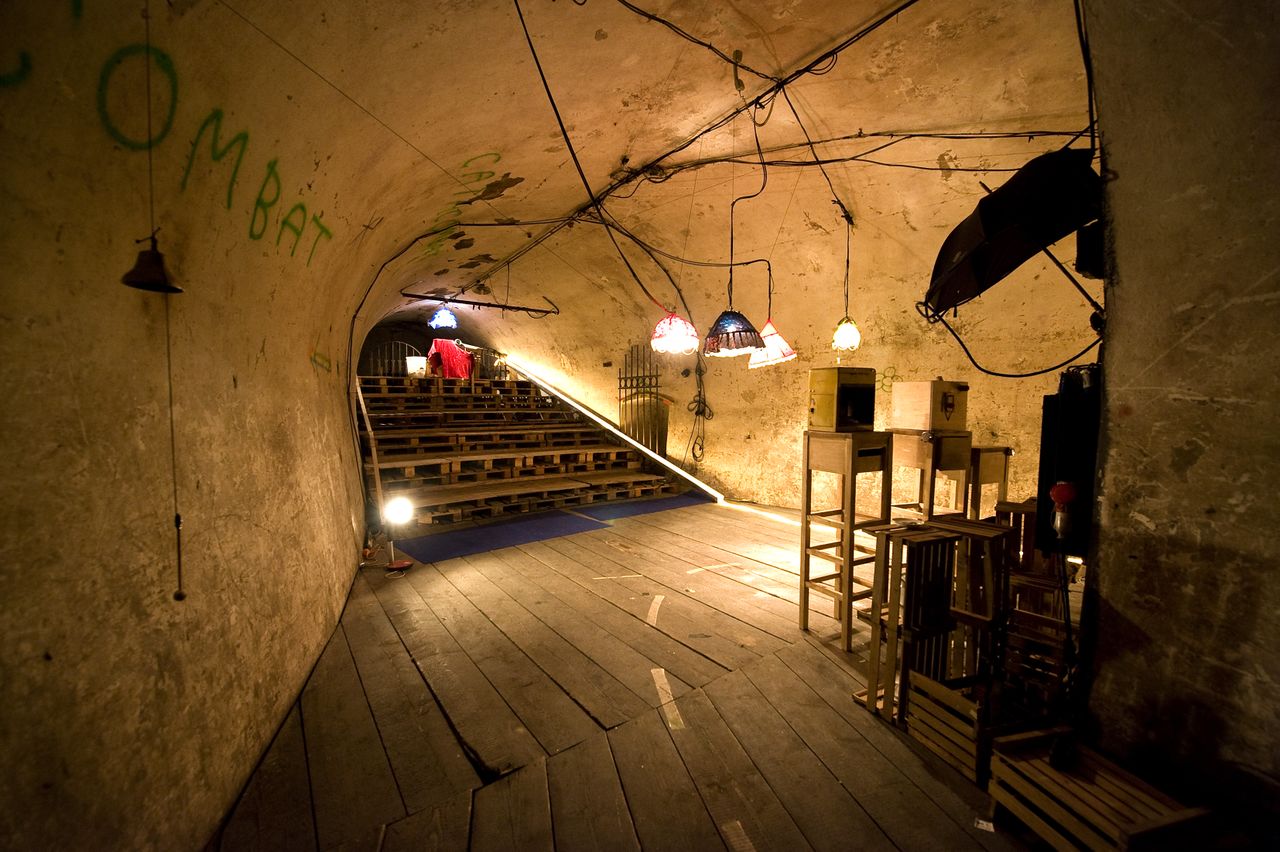
See also
External links
- Ljubljana Puppet Theatre architecture - the history of the building from the Theatre Architecture in Central Europe web database
- Twinkle Sleepyhead, a reconstruction of the 1955 puppetry performance, video
Gallery
- Theatre
- Theatre houses
- Theatre groups
- Theatre venues
- Venues
- Puppetry
- Producers
- Theatre producers
- Festival organisers
- Puppetry festival organisers
- Theatre festival organisers
- EU funding of Slovene organisations (Culture and MEDIA Programmes)
- EU Culture funding recipient
- EU Creative Europe, Culture funding recipient
- Municipal cultural institutions
- Theatre & Dance
- Puppetry festival and event organisers
- Theatre festival and event organisers
